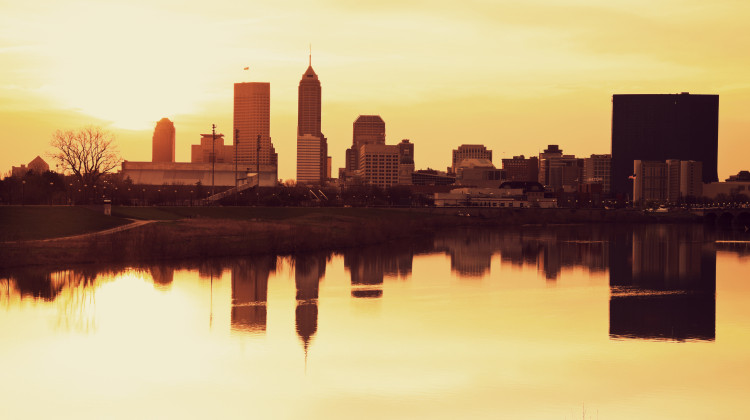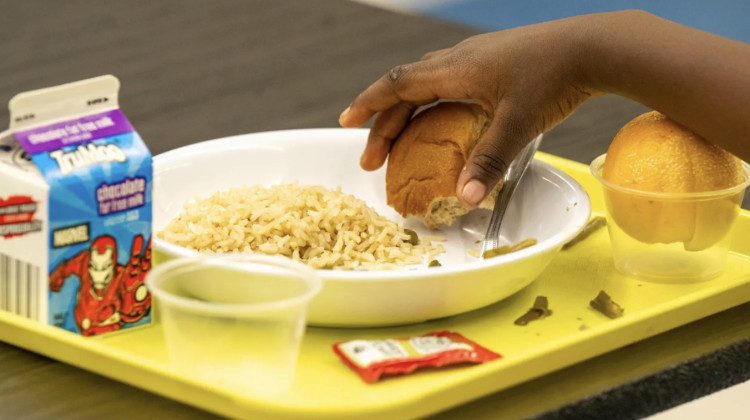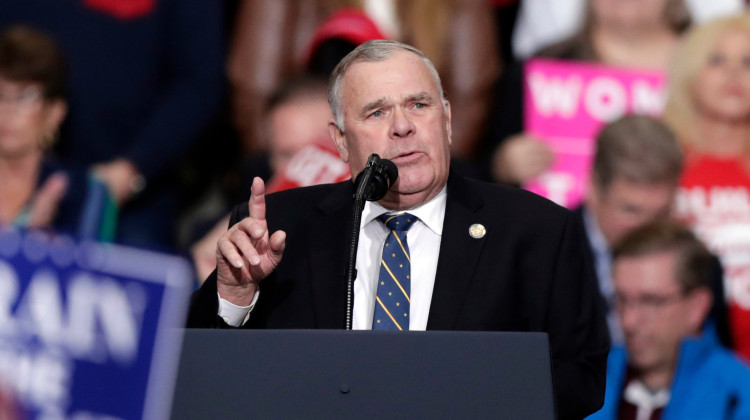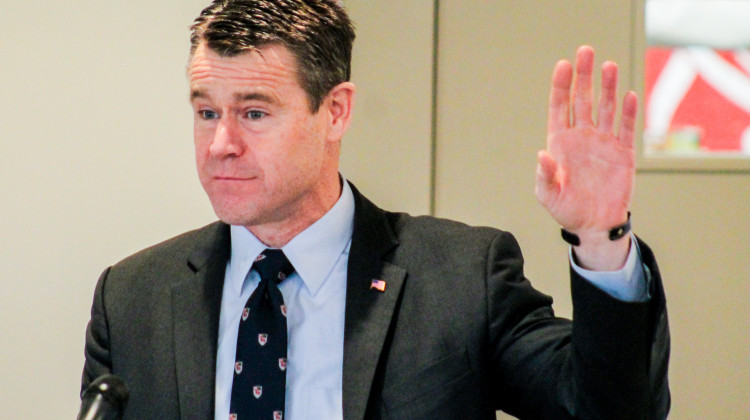A new report card from SAVI at the Polis Center at IUPUI seeks to grade Indianapolis on racial equity measures. WFYI's Jill Sheridan spoke with SAVI research data analyst Aaron Olson about how this project differs from past efforts and how community members can get involved.
WFYI city government and policy reporter Jill Sheridan: So Aaron, tell us a little bit more, you know, what was the decision behind doing this new report? And and how will it turn out?
SAVI research data analyst Aaron Olson: Yeah, thanks. The racial equity report card idea came out of some discussions with people around the city who work on these issues. And it's been a big focus nationwide, and also here in our city over the past couple years, we have done some existing research on these things, in various issues over the past few years, and we thought it'd be a good idea to bring it all together in one place. So people could have easy access to this information.
Sheridan: And it has been in a lot of your previous reports, you know, embedded in the information that we're seeing, we know that these measures really do exist, and they really do influence so much. Tell us a little bit about the goals of this report and we're how going to focus on specific issues as well.
Olson: So the two main goals that we have, you can think about racial equity and inputs of racial equity, but also an output. So we want people to be able to see existing disparities. So if you're a leader in the city, and you're trying to come up with a new program, you can easily find information on existing disparities, but then also you want to see the outcomes. So are we making any progress on things like income inequality, homeownership? Things like that.
Sheridan: This time, you're going about it a little bit differently, really trying to engage people from all walks of life, all sectors across Marion County to really understand why. Talk about that process.
Olson: Yeah, so we started with some of the existing things we've already looked into. So the history of redlining and the city, life expectancy, disparities based on zip code, things like that. And we also sourced some things from other cities that have done similar projects, but then we're taking it into the community. And so we're having some events to get feedback on other things we should be tracking, really looking for people who are experts in some of these things, and their day to day work to tell us what they think we should be tracking as well.
Sheridan: Because there are a lot of people that are really invested in this issue here in Indianapolis, we already had one of these events, what were some of the takeaways from that first event for you?
Olson: Yeah, so a couple of weeks ago, we hosted an event here, actually at WFYI. And we had I think about 100 attendees, which was really awesome. And we just got people into groups and gave them these different topics and some things to start on. And people came up with over 500 new indicators that we could be tracking from anything from economy to health. There's a lot of good feedback we received and we're hoping for more.
Sheridan: Because in the past, we have used a lot of the same indicators, the purpose of really sort of thinking outside the box to to find new ways to measure is that is that the goal?
Olson: So there are certain things that of course, we want to track, right? Income, things like life expectancy, homeownership access to transportation, these are all things that we obviously think are important, and they're tracked for a reason. But we are looking for new creative ideas on ways that you can see racial disparities in the city that might not be there at first glance.
Sheridan: And so talk a little bit about next steps.
Olson: Yeah, so we've had, we had one event a couple of weeks ago, we're having another event on Thursday (Nov. 17). And that's going to be an event where we're doing another session where people are going to break into groups and hopefully come up with some new ideas.
Beyond that, we are hoping to take this to some neighborhood groups, and some have some smaller groups that are focused on specific areas around the city or specific issues. And we want to rather than having our own events and having them come to us, we want to go to them. But this is going to be an ongoing thing. So we want to have this data updated at least annually. Because again, one of the points of the project is to be able to see are any of these racial gaps, and there's so many of them, are any of them narrowing or are they widening? That's really important.
The first report card is expected next year.
 DONATE
DONATE







 Support WFYI. We can't do it without you.
Support WFYI. We can't do it without you.